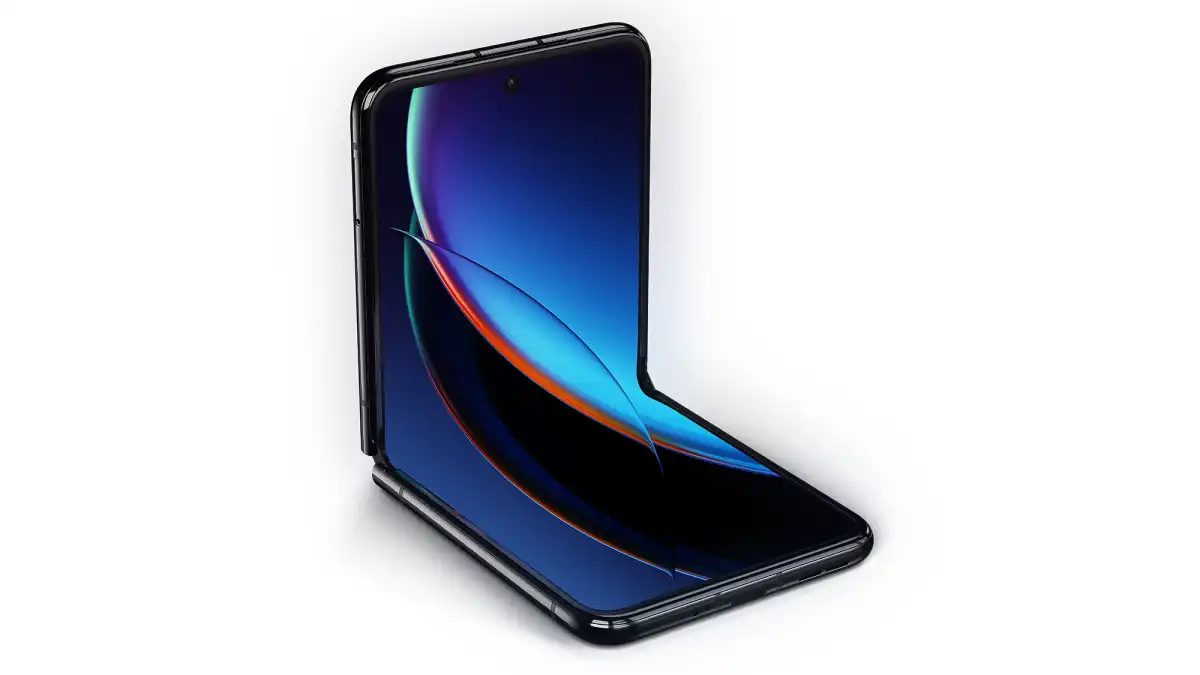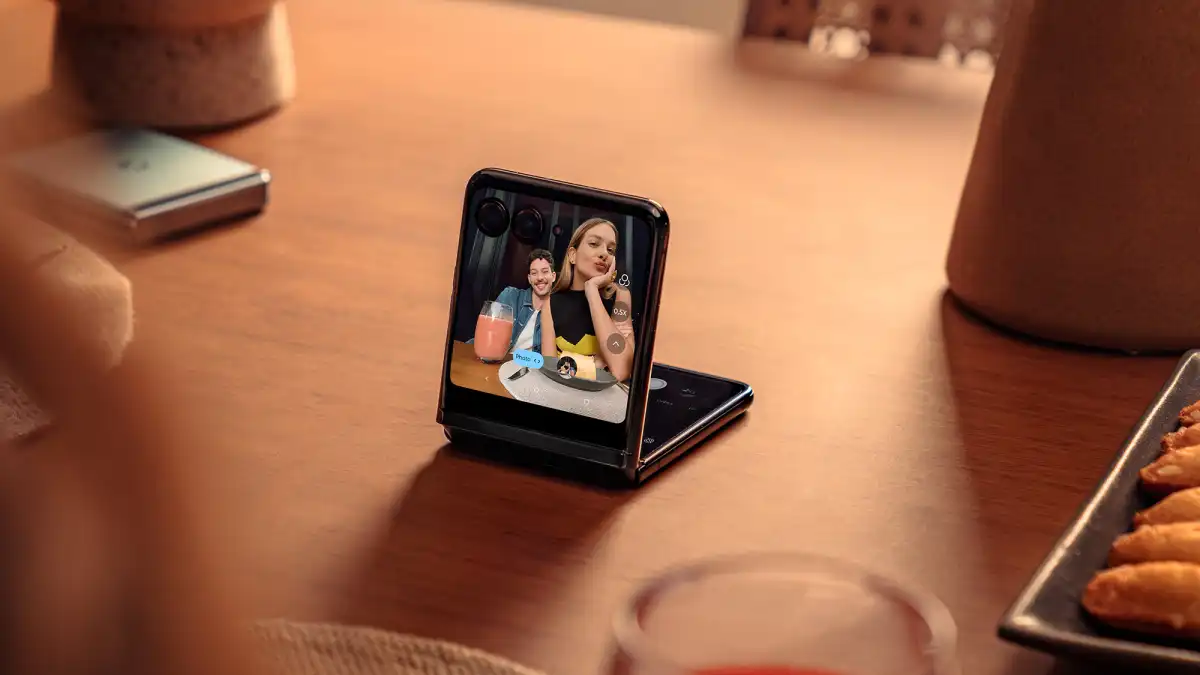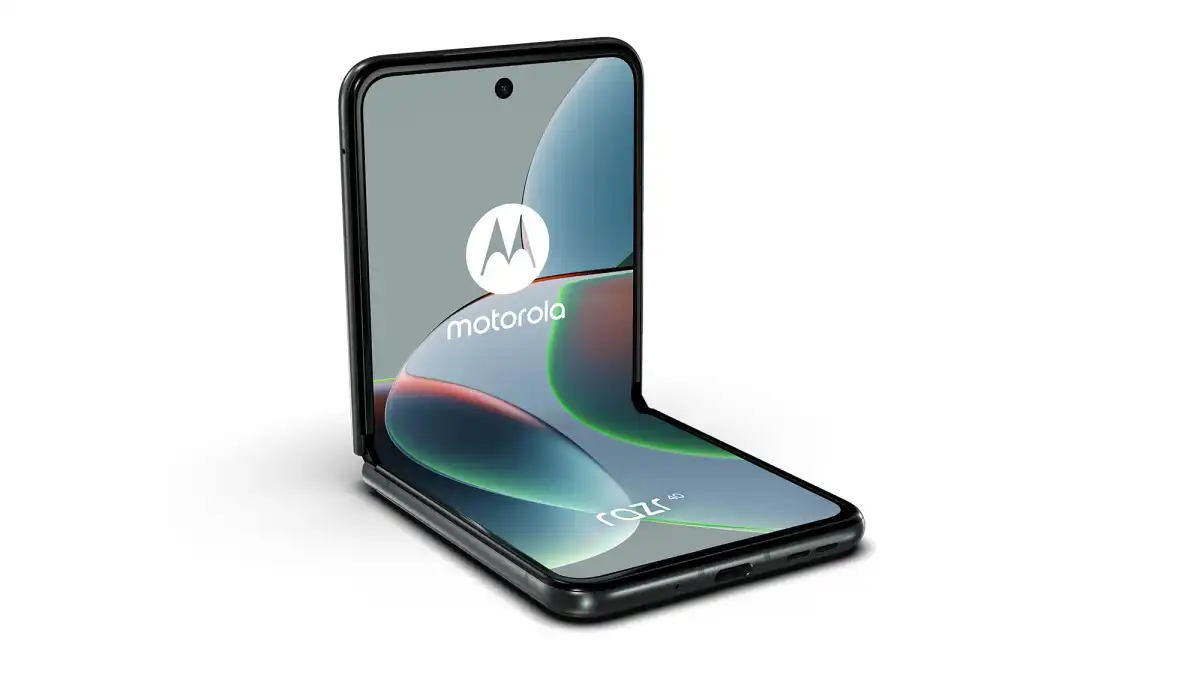Motorola has just dropped a bomb on the flip phone market with not one, but two new Razr foldables, one of which features the largest screen on a contemporary flip phone to date.
The Razr 40 and 40 Ultra – known as the Razr and Razr+ in the United States – have thrown down the gauntlet to Samsung and Oppo, establishing a new norm for the burgeoning foldable form factor.
When will the new Razr phones be released?
Motorola announced the two Razr handsets on June 1, 2023, in Madrid, with the more pricey Ultra/Plus variant available immediately in the UK and Europe but not in the US until June 23.
The cheaper version will be available in the UK “in the coming weeks,” but no date has been set for the United States.
The previous flip phone, the Motorola Razr (2022), was introduced in China in August 2022, but it didn’t arrive in the UK until December and never made it to the US.
How much do the 2023 Razr models cost?
Foldable phones are never cheap, but Motorola has done an admirable job of keeping its cost reasonable considering the specifications on offer here. The following is the price of the two new models:
- Razr 40: £799/€899
- Razr 40 Ultra/+: $999/£1,049/€1,199
It’s worth noting that we don’t currently have a price for the ordinary Razr in the United States.
With these pricing, the standard Razr 40 is the cheapest flip foldable on the market (excluding discounts), topping even the Oppo Find N2 Flip, while the Ultra/Plus variant remains shockingly reasonable, costing just slightly more than the Samsung Galaxy Z Flip 4.
What are the new Razrs’ specs and features?
Let’s go through the Razr 40 series’ two unique phones one by one.
Razr 40 Ultra/Razr+
Let’s start with the most intriguing model by far: the Razr 40 Ultra, also known as the Razr+ in the United States.
The phone’s enormous exterior display shines out here, covering the whole top half of the phone and even wrapping around the two camera lenses.

This 3.6in OLED display not only has the biggest cover screen on any flip phone yet, with a resolution of 1056 x 1066, but it also has a silky smooth 144Hz refresh rate, making it seem quick and responsive.
This may be used for basic widgets with controls for your calendar, the weather, music playing, or capturing selfies with the primary cameras, much like on other flip phones.
However, unlike other flip phones, the screen is large enough to run whole applications. Given the unique aspect ratio, not all will work flawlessly – and the phone alerts you as such anytime you start an app on here for the first time – but for those that do, this provides a lot of added capability and should lessen how often you need to open the phone completely.
There’s enough room in chat applications for a complete keyboard, a dedicated Spotify widget, and video capabilities in streaming apps like Netflix, Disney+, and Max. In what feels like a flashback to the vintage flip phone days of the original Razr, Motorola has even built a few basic games exclusively for this display.
Aside from the display, the phone is made of glass on the Infinite Black and Glacier Blue variants, or vegan leather on the Viva Magenta. Whatever color you choose, whatever exterior glass – display or body – is protected by Gorilla Glass Victus.
Other aspects of the foldable form factor have also been enhanced. Motorola has used a teardrop hinge design, which allows the new Razr to close completely flat, with no apparent gap between the two parts when the phone is closed and a considerably smaller wrinkle when the screen is open. It will also sit open at a variety of angles.

A 6.9in panel utilising pOLED display tech with an almost-absurd 165Hz refresh rate – the fastest on any foldable phone ever – that can also dip as low as 1Hz to preserve power owing to the use of an LTPO panel.
The only significant drawback to the makeover is that the phone doesn’t open completely flat, instead naturally sitting at a 175-degree inclination.
The phone also boasts some dust and water resistance, with an IP52 rating, which means it’s dustier than the most recent Samsung devices but not nearly as waterproof.
The Qualcomm Snapdragon 8+ Gen 1 processor powers the phone, which was introduced in the middle of 2022. That doesn’t quite have the brawn of the more current 8 Gen 2, but for most of us, it provides more than enough power while still being efficient enough to produce good battery life.
In terms of battery capacity, Motorola claims 3800mAh, with 30W wired charging rates and a wireless charging option.

In terms of cameras, the phone has a 12Mp, f/1.5 primary camera with optical image stabilisation and a 13Mp ultrawide lens – acceptable stats, but nothing spectacular.
The 32Mp selfie camera integrated into the main display is surprisingly high-resolution. Because of the bigger sensor and faster aperture, you’ll probably prefer to use the phone’s primary camera for images, but this should be an excellent alternative for video calls.
Finally, the new Razr will debut with Android 13, boosted by Motorola’s customary assortment of basic customizations and gesture controls, as well as compatibility for its wireless Ready For tech to connect the phone to a PC.
Here are the full specs:
- 3.6in, 144Hz pOLED cover display
- 6.9in, 1-165Hz LTPO pOLED main display
- Qualcomm Snapdragon 8+ Gen 1
- 8/12GB RAM
- 256/512GB storage
- Cameras:
- 12Mp, f/1.5, OIS main camera
- 13Mp, f/2.2 ultrawide camera
- 32Mp, f/2.4 selfie camera
- 3800mAh
- 30W wired charging
- 5W wireless charging
- Stereo speakers
- IP52
- Gorilla Glass Victus
- 5G
- 73.95 x 170.83 x 6.99mm (open)
- 184.5/188.5g
- Android 13
Razr 40/Razr
The normal Razr 40 – or just Razr if you’re in the US – is plainly priced to serve as an entry point into the foldable market, and the phone’s specs reflect this.

In contrast to the Ultra/+ variant, this has only a tiny 1.5in cover screen, which is positioned to the side of the main cameras in a manner reminiscent to the latest Galaxy Z Flip devices. It can only be used for basic alerts, fast controls, and widgets.
The phone is covered in vegan leather, has a Gorilla Glass Victus screen, and is available in three colors: Summer Lilac, Sage Green, and Vanilla Cream.
The phone’s folding parts are the same as on the more expensive variant, with the same teardrop hinge that closes flat on a comparable display – but capped at 144Hz.

The main internal change is a switch to the mid-range Snapdragon 7 Gen 1 chip, which makes this less of a powerhouse – but still plenty competent for ordinary day-to-day use.
The cameras have also been changed. While the ultrawide and selfie cameras are the same as on the Ultra/Plus, the primary camera is different: there’s a higher resolution 64Mp main camera with OIS, albeit due to the smaller sensor, it works out to the same pixel size as on the Ultra and has a slower aperture.
One advantage is that you get a bigger 4200mAh battery with the same 30W wired and wireless charging combination.
Here are the full specs:
- 1.5in, 60Hz AMOLED cover display
- 6.9in, 144Hz AMOLED main display
- Qualcomm Snapdragon 7 Gen 1
- 8GB RAM
- 256GB storage
- Cameras:
- 64Mp, f/1.7, OIS main camera
- 13Mp, f/2.2 ultrawide camera
- 32Mp, f/2.4 selfie camera
- 4200mAh
- 30W wired charging
- 5W wireless charging
- Stereo speakers
- IP52
- Gorilla Glass Victus
- 5G
- 73.95 x 170.82 x 7.35mm (open)
- 188.6g
- Android 13


